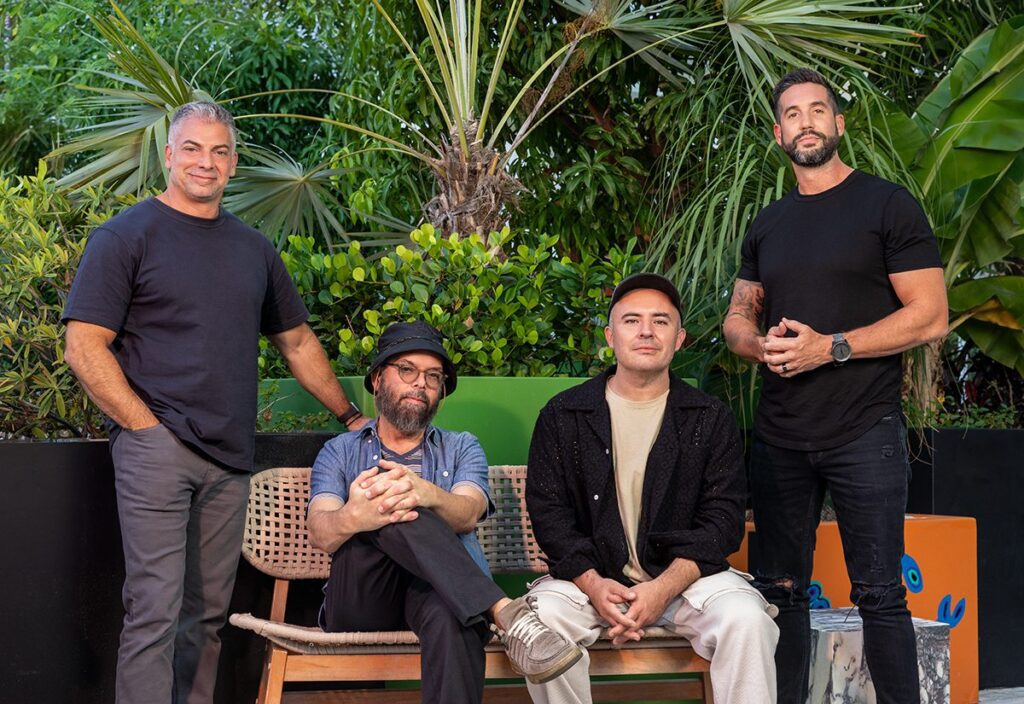Diversity and inclusion efforts are becoming increasingly prevalent in the event world. In fact, groups traditionally regarded as “minorities” will reach majority status in the U.S. by 2044, according to the Census Bureau. Moreover, events across the globe are held to celebrate and lift up members of minority groups.
For example, thousands of diverse entrepreneurs gathered at ADCOLOR 2019, a conference focused on promoting a diverse community and eliciting conversation around inclusion. These types of events provide attendees the opportunity to network, engage, and learn from their peers — diverse voices they might not get to hear from on a day-to-day basis.
Inclusion-focused tactics should not be exclusive to D&I-specific events. Marketing and event teams should keep diversity and inclusion top of mind while planning for corporate events or conferences, regardless of the purpose or content. This ensures that all participants feel valued and heard.
When companies showcase a genuine interest and investment in involving their diverse team members, they create an environment that fosters growth, innovation, relationship-building, and employee retention.
With the right diversity and inclusion strategy, you can effectively achieve your overall business objectives while ensuring inclusion is at the heart of your event. But what does this work look like on the ground? Here are five strategies for diversity and inclusion that event planners and marketers can use when planning future events.
1. Conduct your due diligence when selecting speakers.
For better or worse, diversity is a buzzword. That means certain elements of a D&I strategy can become boxes to check. Instead, consider the real purpose and value of incorporating a diversity and inclusion strategy into your event and apply it to all elements of your event, especially your speakers. Do your research and have candid conversations with potential attendees. Find speakers that resonate with your diverse audience and give them the spotlight they deserve. Let them create meaningful content that aligns with your core message of inclusivity, highlight them in event communications.
Other articles you might enjoy:
- Women Gain Ground in Marketing Industry’s Workforce
- Strong Balance in CMO Gender Balance, Steep Shortfall in Ethnic Diversity
- Wells Fargo Steps Out of its B2B Comfort Zone
2. Research where your audiences live digitally.
Research your target audience to understand who they are, what their needs are, and what interests them. Avoid blanket assumptions about your diverse audience. Diversity and inclusion bring different interests, languages, cultures, preferences, learning styles, and more. What digital channels and content do they typically visit and consume, and how can you meet them in that consumption journey? This will help inform the type of content that resonates with them, what type of experience they’re hoping to gain on-site, and how to be more personalized in your efforts.
3. Select a diverse planning committee.
Your audiences are not one-dimensional, so design your planning and marketing committee accordingly. A group with diverse viewpoints is more likely to create an event that connects with a diverse audience. In my experience as a minority who has been both an event planner and attendee, I’ve found that my background has helped me grow in each area. As a planner, I am more mindful about how the content, speakers, branding, and communication impact diverse attendees. As an attendee, I find myself more aware and engaged in what I can learn and how I can relate in some way to each speaker.
4. Be intentional with off-the-clock events.
When you organize employee events outside of working hours, be sure they actively encourage connections between people of different backgrounds. A movie screening can be fun, but it’s a passive activity that does little to build relationships or push people out of their comfort zones. Seek out a balance that encourages interactions but doesn’t trigger social anxiety. Take into account differing backgrounds, cultures, personalities, and physical abilities to identify the types of events that would make everyone feel welcome.
5. Monitor your diversity and inclusion strategy regularly.
As your events unfold, see who is attending. If you are not drawing in the groups you’re targeting, you may need to reevaluate your approach and make some changes. Don’t hesitate to get personal and reach out to individuals to learn why they aren’t showing up. Accept criticisms with humility and turn feedback into positive changes. Even with a diverse planning committee and ample research, there will always be room to improve your diversity and inclusion strategy for events. Audit your culture and the level of trust to assess whether your event attendees feel heard and comfortable expressing their honest opinions.
In the end, diversity is simply a term we use to help us embrace and empower our fellow humans who are being overlooked. Your workplace should represent the community it serves, and including strategies for diversity and inclusion in your event planning can help achieve that goal.
Sami Ari is a digital strategist at Kindle Communications.
 Network
Network

